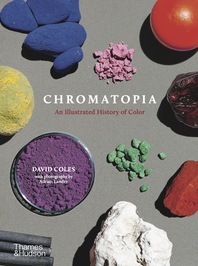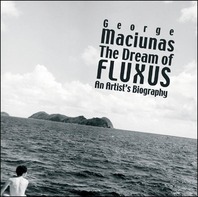What does the language of color tell us? Where does one color begin and another end? Is it a radiant visual stimulus, an intangible function of light, or a material substance to be molded and arrayed? Color is fundamental to art, yet so diverse that it has hardly ever been studied in a comprehensive way. Art historian John Gage considers every conceivable aspect of the subject in this groundbreaking analysis of color in Western culture, from the ancient Greeks to the late twentieth century.
Gage describes the first theories of color, articulated by Greek philosophers, and subsequent attempts by the Romans and their Renaissance disciples to organize it systematically or endow it with symbolic power. He unfolds its religious significance and its use in heraldry, as well as how Renaissance artists approached color with the help of alchemists. He explores the analysis of the spectrum undertaken by Isaac Newton and continued in the nineteenth century by artists such as Georges Seurat, traces the influence of Johann Wolfgang von Goethe's color theory, and considers the extraordinary theories and practices that attempted to unite color and music or make color into an entirely abstract language of its own.
A seminal undertaking to suggest answers to many perennial questions about the role of color in Western art and thought, Color and Culture throws fresh light on the hidden meanings of many familiar masterpieces.
Contributors
John Gage
Author
John Gage was an acknowledged international authority on the history of art and color, and wrote many books on the subject, including Color and Meaning: Art, Science, and Symbolism and Color in Art. He was head of the department of history of art at Cambridge University from 1992 to 1995.







